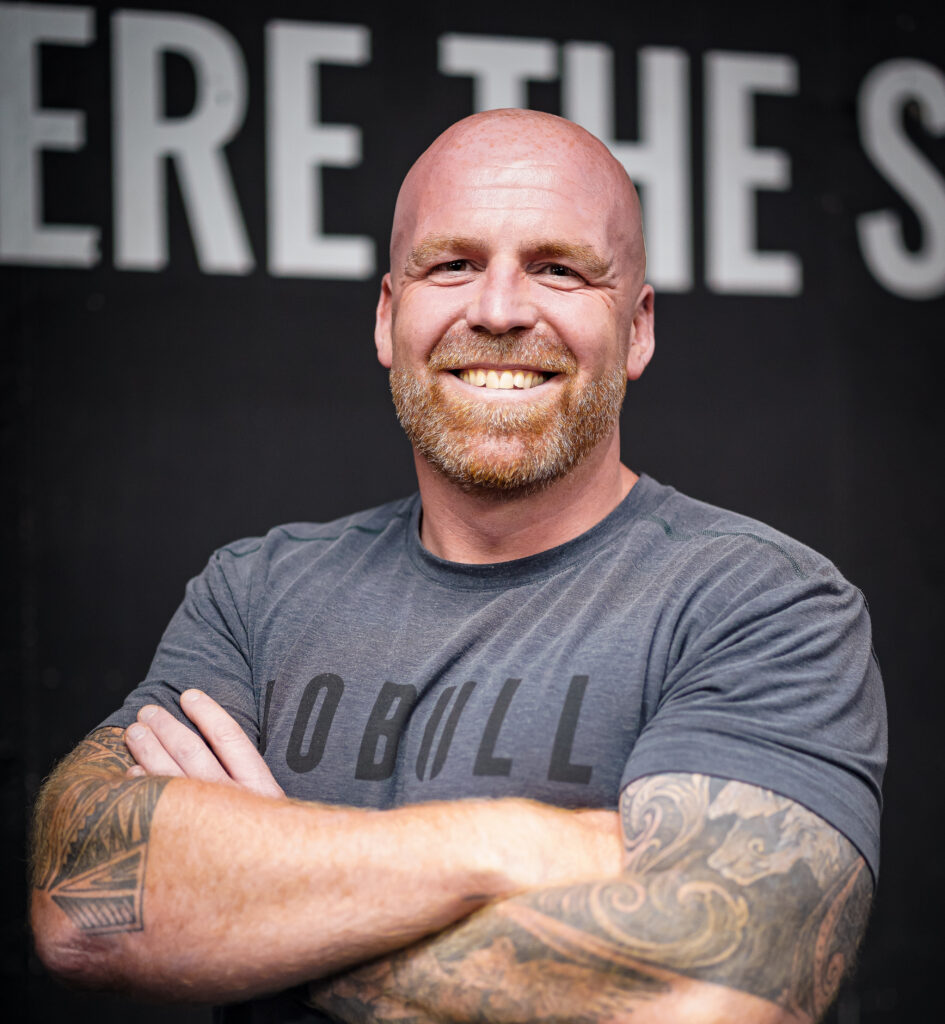The right people can fast track your success. But with a hiring crisis in full swing and the talent pool shrinking, getting the staff you need can be a major roadblock to business success – and keeping them in the long term is an added challenge.
Here are some practical strategies to help fitness business owners get the best people on their team (and keep them there to get the best return on your hiring and training investment).
Work on your employer brand
Your employer brand is very similar to your general marketing brand, with one crucial difference: it’s staff facing, instead of client facing. In the same way that you need a remarkable and credible brand to attract the best clients, you also need to have a well thought-out, compelling brand for your staff. This isn’t just about attracting candidates to recruit; it’s also about creating a workplace that your staff really enjoy spending time in.
In the same way we market and sell our product to clients, we need to think of the recruitment process as a sales effort, too.
Start by creating a compelling employer brand that attracts talent by virtue of its reputation. This isn’t a short-term game: just like brand awareness and reach takes time when we’re entering new populations of the consumer market, we need to build our employer brand consistently for it to ‘stick’ and attract talent.
Widen the search
If you’re struggling to find a candidate who’s ready to hit the ground running, you may need to cast the net wider and consider recruits from outside the industry. In my experience, the staff who have been most successful in the business were hired for their attitude and values, not how impressive their qualifications looked on paper.
Consider targeting people who have a passion for fitness but aren’t necessarily experienced or qualified for the role upfront. These candidates will represent more of an investment on your part (it will take time, money, and effort to get them up to speed technically) but are more ‘mouldable’ to your company’s way of doing things.
Waiting until you’re desperate for a hire is not the right time to start the recruitment process. Although we’ve all been ‘caught short’ and needed to make a last minute hire to plug a gap, a better (and less stressful) approach is to create a proactive talent pipeline to avoid having to recruit reactively.
Again, think of the client journey as a parallel: you have a steady stream of leads (potential recruits) feeding the business’ staffing needs – ready to step in as the business grows.
Incentivise properly
As an employer, ask yourself: what are you doing to make your business more attractive to potential recruits? Could you have an overtime ‘pot’ for motivated employees to tap into, to top up their earnings? Can you offer a performance-related bonus scheme for staff that deliver on their key performance objectives? Could certain roles have an element of commission-based earnings? On an even more fundamental level, are you offering fair working hours, a competitive base salary, and CPD opportunities for your staff?
Ensure you’re ticking the boxes for all three areas of remuneration to keep your staff fulfilled and invested in the commercial success of the business.
- Personal
Personal remuneration means offering people a job that allows them to still have a life outside work.
This includes (but isn’t limited to) your rota design, your holiday allowance, the degree of flexibility you give people, and the humanity you show regarding their personal lives. If you make it very hard for them to do what they need to do with their family and friends, and for their own wellbeing, then the job will be more taxing than it is rewarding. Your particular setup will determine what good looks like here, but keep up a dialogue with staff, both potential and current, to find the sweet spot.
- Professional
The professional incentives should be made transparent from the outset. A structured development pathway gives the recruit a timeline for profession and growth; and a framework for performance management (both formal and informal) ensures that you’re on the same page, pulling in the right direction.
In short, people want to feel that the level of challenge and progress that you offer them meets both their capability and their potential. Think of their whole career path, and how you can help them stay fulfilled whilst in your employ.
- Financial
This one goes without saying. If you want the best people, you need to pay them well. You don’t necessarily need to be the highest-paying employer in your sector – what you lack in financial reward, you may make up for in the other two categories. But you do need to give people decent pay that measures favourably against the industry average and reflects their status as an important asset of the business.
Laying out a wage framework alongside your development pathway makes it clear to new recruits what they’re heading for, even if the pay is low when they start out at an intern or junior level.
None of what I’m saying here is groundbreaking – the rules haven’t changed.
Create a vibrant business with a compelling development pathway that offers real career growth for your employees. Give staff a community to buy into, with a social element and regular events to add spice to their day-to-day. And above all, be strategic about how to fulfil your staffing needs before you get to a point of overwhelm.

Looking for one-on-one support with your marketing and sales strategy?
JC Vacassin is offering a limited number of standalone coaching calls to give targeted guidance to independent operators.
Drop us an email on holly@jcv.inc to find out more.
